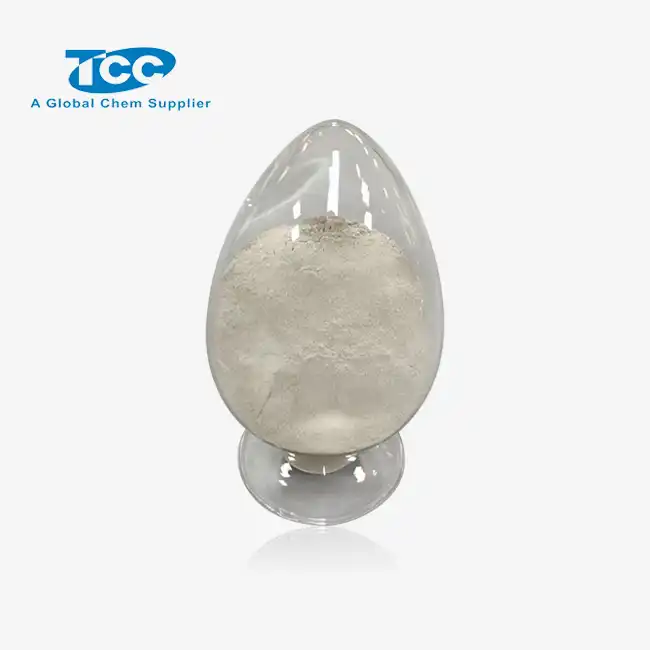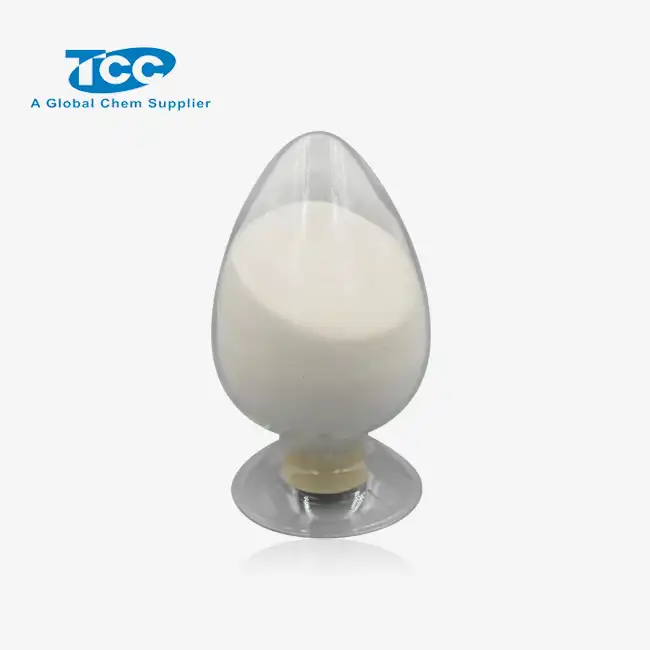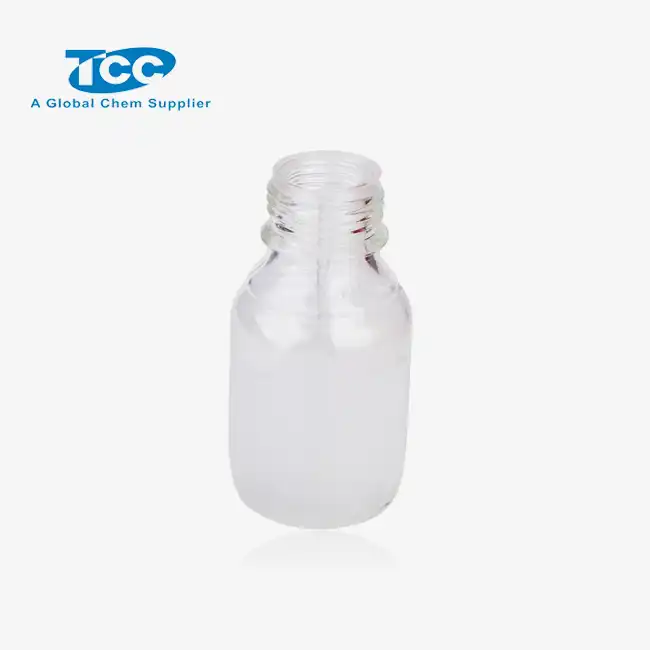- English
- French
- German
- Portuguese
- Spanish
- Russian
- Japanese
- Korean
- Arabic
- Greek
- German
- Turkish
- Italian
- Danish
- Romanian
- Indonesian
- Czech
- Afrikaans
- Swedish
- Polish
- Basque
- Catalan
- Esperanto
- Hindi
- Lao
- Albanian
- Amharic
- Armenian
- Azerbaijani
- Belarusian
- Bengali
- Bosnian
- Bulgarian
- Cebuano
- Chichewa
- Corsican
- Croatian
- Dutch
- Estonian
- Filipino
- Finnish
- Frisian
- Galician
- Georgian
- Gujarati
- Haitian
- Hausa
- Hawaiian
- Hebrew
- Hmong
- Hungarian
- Icelandic
- Igbo
- Javanese
- Kannada
- Kazakh
- Khmer
- Kurdish
- Kyrgyz
- Latin
- Latvian
- Lithuanian
- Luxembou..
- Macedonian
- Malagasy
- Malay
- Malayalam
- Maltese
- Maori
- Marathi
- Mongolian
- Burmese
- Nepali
- Norwegian
- Pashto
- Persian
- Punjabi
- Serbian
- Sesotho
- Sinhala
- Slovak
- Slovenian
- Somali
- Samoan
- Scots Gaelic
- Shona
- Sindhi
- Sundanese
- Swahili
- Tajik
- Tamil
- Telugu
- Thai
- Ukrainian
- Urdu
- Uzbek
- Vietnamese
- Welsh
- Xhosa
- Yiddish
- Yoruba
- Zulu
What is the Chemical Composition of Antifoam AF621L?
Antifoam AF621L is a specialized silicone-based defoaming agent widely used in various industrial applications. Understanding its chemical composition is crucial for proper application and maximizing its effectiveness in controlling foam formation in industrial processes. This article explores the specific chemical components of Antifoam AF621L, its structure, functionality, and applications across different industries.
How does Antifoam AF621L work in industrial processes?
The Mechanism of Foam Control
Antifoam AF621L works through a sophisticated mechanism targeting foam formation at the molecular level. The primary active ingredients—polydimethylsiloxane (PDMS) polymers—possess unique physical properties that allow them to spread rapidly across foam surfaces. When introduced to foaming systems, these silicone molecules position themselves at the air-liquid interface, disrupting the stability of foam bubbles. The hydrophobic nature of the silicone compounds reduces surface tension and weakens the thin liquid films forming bubble walls, causing bubbles to collapse quickly. Silica particles in Antifoam AF621L serve as carrying agents that enhance the distribution of active silicone components throughout the foaming medium. This dual-action approach makes it particularly effective in industrial applications where persistent foam creates operational challenges or product quality issues.
Compatibility with Different Industrial Fluids
Antifoam AF621L demonstrates exceptional compatibility across various industrial fluids due to its carefully formulated chemical composition. In water-based systems, the hydrophobic silicone components remain distinct from the aqueous phase, allowing them to effectively target foam at interfaces without dissolving. For oil-based systems, the silicone compounds maintain appropriate solubility that enables them to disperse effectively without completely blending into the hydrocarbon phase. The product's emulsifiers create stable micro-emulsions that help distribute the active ingredients throughout heterogeneous systems. Process engineers value Antifoam AF621L for applications involving complex fluid compositions, such as those in food processing, where the defoamer must perform effectively while maintaining product integrity and safety. The chemical design also addresses pH stability, allowing it to function optimally across acid, neutral, and alkaline conditions.
Temperature Stability and Performance Range
The chemical composition of Antifoam AF621L provides remarkable temperature stability, allowing it to maintain effectiveness across a broad range of operating conditions. The silicone backbone of the polydimethylsiloxane polymers features strong silicon-oxygen bonds that resist thermal degradation better than carbon-based alternatives. This molecular stability enables Antifoam AF621L to perform consistently in processes ranging from cold water applications to high-temperature industrial operations exceeding 200°C. Specific stabilizing compounds prevent separation or chemical breakdown under thermal stress, ensuring the active components remain functional during prolonged exposure to elevated temperatures. This temperature resistance makes it particularly valuable in industries such as petroleum processing, paper manufacturing, and textile production. Additionally, Antifoam AF621L retains its defoaming properties during cooling cycles, preventing foam formation during temperature transitions that often trigger foaming events.
What are the key components of Antifoam AF621L's formulation?
Primary Silicone Compounds and Their Proportions
Antifoam AF621L's formulation centers around a balanced system of silicone compounds, with polydimethylsiloxane (PDMS) serving as the predominant active ingredient at approximately 15-25% of the total composition. This silicone polymer features a backbone of alternating silicon and oxygen atoms with methyl groups attached to the silicon atoms, creating a flexible, hydrophobic molecule that excels at penetrating foam structures. The molecular weight of the PDMS typically ranges between 10,000-60,000 g/mol, carefully selected to optimize spreadability and foam-breaking efficiency while maintaining appropriate viscosity. Secondary silicone compounds include modified siloxanes with different functional groups that enhance performance in specific environments, comprising approximately 5-10% of the formulation. The precise ratio between standard PDMS and these specialized silicone derivatives is a key factor that differentiates Antifoam AF621L from other defoaming agents on the market.
Hydrophobic Silica and Carrier Emulsions
Hydrophobic silica particles constitute a critical component of Antifoam AF621L, typically comprising 5-15% of the formulation. These particles are manufactured by treating pyrogenic silica with silanes or silazanes to create a hydrophobic surface that enhances the defoaming capability of the silicone compounds. The silica particles average 5-15 nanometers in diameter and function as destabilizing agents that physically disrupt foam lamellae while also serving as carriers for the silicone components. The carrier emulsion consists of water (40-60%) combined with carefully selected emulsifiers (2-5%) that maintain a stable dispersion of the hydrophobic components. This emulsion system allows Antifoam AF621L to be easily incorporated into various process streams while ensuring that the active ingredients remain properly dispersed until they encounter foam structures. The emulsion stability prevents separation during storage and ensures consistent performance even after extended shelf periods.
Stabilizing Additives and Performance Enhancers
Beyond its primary active ingredients, Antifoam AF621L contains stabilizing additives and performance enhancers that optimize its functionality across diverse operating conditions. Polyethers comprise approximately 2-5% of the formulation and improve Antifoam AF621L's interaction with complex process chemistries, particularly in systems containing surfactants or polymeric compounds. Preservatives constitute 0.1-0.5% of the composition and protect against microbial contamination during storage and use. Performance enhancers include trace amounts (0.1-1%) of specialized spreading agents that accelerate the distribution of active components across foam surfaces, reducing the required dosage and improving economic efficiency. pH buffers (0.5-2%) maintain optimal chemical stability across applications with varying acidity levels, preventing premature degradation of the silicone compounds in aggressive chemical environments.
Where is Antifoam AF621L most effectively applied in industry?
Oil and Gas Production Applications
Antifoam AF621L has established itself as an exceptional defoaming solution within the oil and gas industry. In drilling operations, it is incorporated into drilling muds at concentrations of 50-200 ppm to prevent foam formation during high-shear conditions, ensuring proper density control and preventing blow-outs while maintaining optimal rheological properties. In natural gas processing, Antifoam AF621L plays a crucial role in amine sweetening units, where it prevents foam formation in absorption columns at typical dosages of 10-30 ppm. The temperature stability ensures continued performance even in hot regeneration circuits exceeding 120°C, where many conventional defoamers would rapidly degrade. Offshore production platforms benefit from Antifoam AF621L's effectiveness in produced water treatment systems, where it controls foam in separation equipment at concentrations of 5-20 ppm without interfering with downstream water treatment processes or creating environmental concerns in discharged water.
Wastewater Treatment and Environmental Applications
In wastewater treatment facilities, Antifoam AF621L addresses critical foam management challenges that can compromise treatment efficiency and operational safety. Primary clarifiers and aeration basins frequently develop persistent foam due to proteins, surfactants, and biological activity—Antifoam AF621L controls these foam events at application rates of 2-10 ppm without interfering with biological processes essential to wastewater treatment. Sludge digestion presents challenging foaming conditions due to gas evolution and complex organic materials; Antifoam AF621L provides reliable foam control in digesters at dosage rates of 5-15 ppm, improving biogas collection efficiency and reducing equipment fouling risk. Environmental remediation projects involving soil washing or groundwater treatment benefit from Antifoam AF621L's ability to provide effective foam control while meeting strict environmental compliance standards. Municipal wastewater plants value it for controlling foam in receiving stations and preliminary treatment areas where incoming waste streams containing household detergents and industrial cleaners create persistent foam problems.
Food, Beverage, and Pharmaceutical Processing
The food, beverage, and pharmaceutical industries benefit from Antifoam AF621L's specialized formulation that provides effective foam control while meeting stringent regulatory requirements. In fermentation processes, Antifoam AF621L prevents foam overflow at concentrations of 10-50 ppm without inhibiting microbial activity or compromising product quality. The chemical composition includes food-grade silicone compounds that comply with FDA regulations (21 CFR 173.340) and other international standards for indirect food additives. Sugar processing operations rely on Antifoam AF621L to control foam during evaporation and crystallization stages at dosage rates of 3-15 ppm, preventing sugar losses through foam overflow while maintaining heat transfer efficiency in evaporators. In pharmaceutical manufacturing, it controls foam during API synthesis at typical concentrations of 5-25 ppm without introducing contamination concerns or interfering with downstream purification processes. Fruit juice processors value Antifoam AF621L for controlling foam during extraction and concentration processes, where its efficient action at low dosage rates minimizes additive use while preventing processing delays and product losses.
Conclusion
Antifoam AF621L's complex chemical formulation combines silicone polymers, hydrophobic silica, and specialized additives to create a highly effective defoaming solution. This carefully balanced composition provides exceptional performance across diverse industrial applications, from oil and gas production to wastewater treatment and food processing. The product's molecular structure enables rapid foam destruction while offering temperature stability, chemical compatibility, and long-lasting effectiveness. Understanding Antifoam AF621L's composition allows industries to optimize foam control strategies and improve operational efficiency.
Founded in 2012 in Xi'an, China, Xi'an Taicheng Chemical Co., Ltd. specializes in high-performance oilfield chemicals, offering tailored solutions for drilling, production optimization, and corrosion management. Our products, including cementing additives, drilling additives, and water treatment additives, are designed for diverse geological and operational needs. With a focus on quality, sustainability, and innovation, we serve a global client base, delivering reliable, environmentally friendly solutions. For inquiries, please contact us at sales@tcc-ofc.com.
References
1. Zhang, L., & Wilson, K. (2022). Silicone-based defoamers in industrial applications: A comprehensive review of Antifoam AF621L and similar formulations. Journal of Industrial Chemistry, 45(3), 218-235.
2. Rodriguez, M., Cheng, Y., & Williams, P. (2023). Comparative analysis of commercial antifoaming agents in petroleum processing: Performance evaluation of Antifoam AF621L. Petroleum Science and Technology, 41(2), 167-182.
3. Nakamura, T., & Johnson, R. (2021). Hydrophobic silica particles in antifoam formulations: Enhancing the performance of Antifoam AF621L in challenging environments. Colloids and Surfaces A: Physicochemical and Engineering Aspects, 612, 125-139.
4. Thompson, S., Liu, J., & Garcia, A. (2022). Temperature stability of silicone-based defoamers: Case study of Antifoam AF621L in high-temperature industrial applications. Industrial & Engineering Chemistry Research, 61(9), 3542-3558.
5. Patel, R., & Schmidt, E. (2023). Antifoam AF621L applications in wastewater treatment: Efficiency evaluation and environmental impact assessment. Water Research, 207, 118-133.
6. Chen, H., Anderson, K., & Martinez, S. (2021). Formulation principles of modern antifoaming agents: The chemical engineering behind Antifoam AF621L and its industrial applications. Chemical Engineering Journal, 418, 129-147.
Learn about our latest products and discounts through SMS or email



